Sirius B First Captured On Camera Is A Great Breakthrough
White bright star Sirius A is accompanied by Star Sirius B. Astronomers say that Sirius B is not visible to the eye. A red star was detected in southern Spain on November 7, 2019 at 4:58 am and recorded on camera. You witness Sirius B for the first time in real life. The red-colored star disappeared together with Sirius A after a few hours and was never observed again.
The Sirius star in the constellation Big Dog is the brightest star in the sky. In 1844 the German astronomer Friedrich Wilhelm Bessel (1784-1846) discovered that Sirius, and also the bright star Procyon in the constellation Canis Minor (Kleine Hond), are astrometric double stars. From the fluctuations in the main star's orbit, he deduced the presence of a weak companion. Later, when there were better viewers, the guides were also found at these stars. At Sirius this was done in 1862 by the American astronomer Alvan Clark (1804-1887).
Sirius B turned out to be a very special star. While both stars have approximately the same spectral type (A1 for the main star and A5 for the companion), they differ by no less than 10 magnitudes in brightness. It showed that Sirius B had to be very small. Sirius B is the first discovered white dwarf.
The diameter of Sirius B is only 0.022 the diameter of the sun. This star is therefore smaller than the planet Jupiter. Nevertheless, the star has a mass which is about the same size as the mass of the sun. That means that Sirius B must have an enormous density. The gas particles in this white dwarf must therefore be densely packed. Otherwise the star can never be that heavy. The density of Sirius B is approximately 92,000 times greater than the density of the sun. Incidentally, many smaller stars are known. Below we give a number of characteristics of Sirius A, Sirius B in comparison with our sun.
Sirius A Sirius B sun apparent magnitude -1.42 8.65 -26.7 absolute magnitude 1.45 11.4 4.8 light intensity 23 0.002 1 spectral type A1 A5 G2 centerline 1.8 0.022 1 density 0.4 92.000 1 mass 2.35 0.98 1 With the light power, the center line, the density and the mass, we have set that of the sun to 1. You can see that the mass of Sirius B is almost equal to the mass of the sun, but that the mass of Sirius A is 2.35 times greater than the mass of the sun. You can also see that the light power of Sirius B is 500 times smaller (namely 0.002) than the light power of the sun. But Sirius A emits 23 times more light than the sun.
-
 1:05
1:05
KJRH
4 years agoPolice: Homeowner captured on camera preventing robbery
70 -
 0:57
0:57
ViralHog
5 years agoCaptured on Camera Keying a Car
865 -
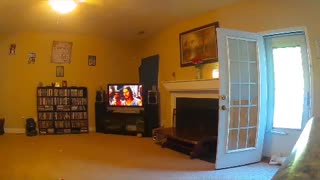 0:46
0:46
DieselStrongRoyalDawg1619
4 years ago $0.01 earnedGreat Dane vs Security Camera
22 -
 0:58
0:58
Damokite
4 years ago $5.74 earnedSurprise marriage proposal captured on camera
2.61K -
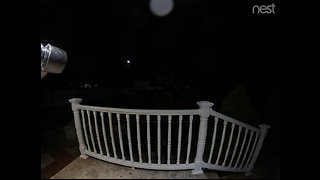 3:18
3:18
Khaleesi12
5 years agoParanormal activity captured on security camera
107K7 -
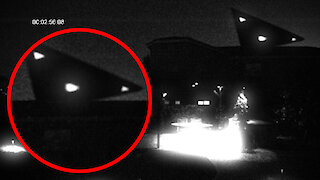 1:36
1:36
zen
4 years ago $0.19 earnedTriangle shaped UFO captured on security camera
9691 -
 0:16
0:16
rumblestaff
4 years agoMassive blazing fire captured on camera
1.75K -
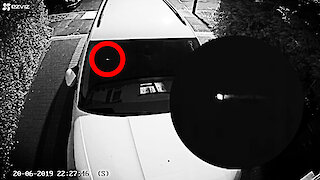 1:17
1:17
zen
4 years ago $69.34 earnedCrashing UFO captured on security camera
48.8K8 -
 0:06
0:06
WXYZ
5 years agoPossibly Lynx captured on camera in Michigan
8 -
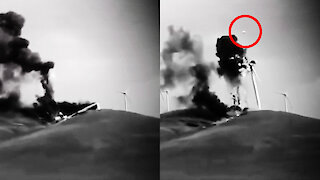 0:53
0:53
zen
4 years ago $0.85 earnedUFO captured on security camera when windmill collapses
2.76K1